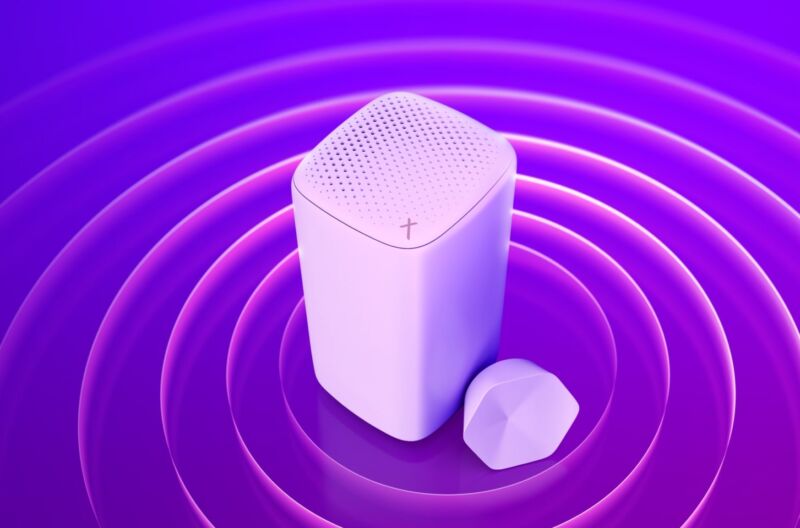
About a year ago Mary Margaret Health President and CEO Timothy Putnam realized something horrifying: his hospital was never designed for a pandemic.
On March 13, 2020, the 25-bed critical access hospital in Batesville, Indiana, saw its first patient with COVID-19. Two weeks later, the hospital was slammed with patients presenting with severe abdominal pain, headaches and backaches, many of whom were crashing and needed a ventilator within five to six hours.
"I found at that time we could adapt our facility a little bit, but it really wasn't adaptable to what we needed," Putnam said. "Our facilities lack of malleability really hindered our response to this. We have a good organization and we do our day-to-day jobs well, but this was different."
The building, originally built in 1932 and renovated in 1971, all of a sudden needed to handle a large number of patients on oxygen. Margaret Mary quickly expanded to 40 beds, but there was never enough emergency department space or inpatient rooms for the influx of patients.
Since then, Putnam has made changes to the hospital, he told a virtual audience at the American College of Healthcare Executives' annual congress on healthcare leadership. He and three other panelists provided tips for how health systems can rethink their facilities for life after the pandemic, and prepare for the next public health crisis. Panelists included American Structurepoint's Healthcare Practice Leader Rob Schoeck, Hord Coplan Macht Principal Jim Albert and Hord Coplan Macht Senior Healthcare Consultant Tracey Graham.
1. Install digital signage. Maintaining separate entry and exit points can also be critical.
"Do you have signage and wayfinding all the way from your parking into your facility, including where you want people to go? Is it easily changeable in the event that you have an incident, so that your non-intuitive wayfinding becomes intuitive?" Graham said.
2. Conduct a risk assessment. Hospitals need to consider what items should increase in their stock storage and implement policies to rotate that stock regularly to avoid expiring personal protective equipment or other supply. Facilities should minimize cabinetry in patient rooms and care areas to reduce the potential of localized hoarding of supplies. Providers must develop a trackable inventory system.
"One of our clients had a warehouse full of PPE at the start of the pandemic, but it had never been rotated," Albert said. "So when they pulled it out, the straps on the mask had literally dry rotted away and the masks were useless."
3. Design inpatient rooms to flex acuity. While executives may need office space, hospitals should be prepared to quickly switch those for patient use in a crisis.
"What happens if your patient load is double or triple your average daily census. What if there isn't time to transfer patients out? We can design rooms to put a second patient in every room, or we can put power and gas in the hallways to see surge patients," Albert said.
4. Invest in negative pressure areas. In these specialized areas, the air would be sucked out of a room, floor or other area and instead of being recycled, would be exhausted out of the building. This minimizes the risk of someone with an airborne infection inadvertently contaminating the air and potentially infecting others. Ideally, a hospital's negative pressure areas would include the emergency department, intensive care unit, select cath labs or even an entire negative pressure capable floor. Some hospitals are looking at technology that could transition a room to negative pressure at the flip of a switch.
"The highest cost requiring some kind of capital, but definitely most impactful, is negative pressure capability in the emergency department at a minimum, the trauma rooms and in the treatment rooms," Schoek said.
5. Install modular headwall rails in patient rooms. Hospitals should consider installing modular rails on patient room headwalls, preferably the type that are mounted with standoff connectors so staff can clean and disinfect behind rails.
"It's also modular so that all those items typically that are attached to headwall are mounted on this rail, including medical gas regulators, blood pressure cuffs, those types of things," Schoek said.
"equip" - Google News
March 24, 2021 at 04:04AM
https://ift.tt/3sf4oNG
Five tips to better equip hospitals for the next pandemic - ModernHealthcare.com
"equip" - Google News
https://ift.tt/35zdBFR
https://ift.tt/3fgZnOp

No comments:
Post a Comment